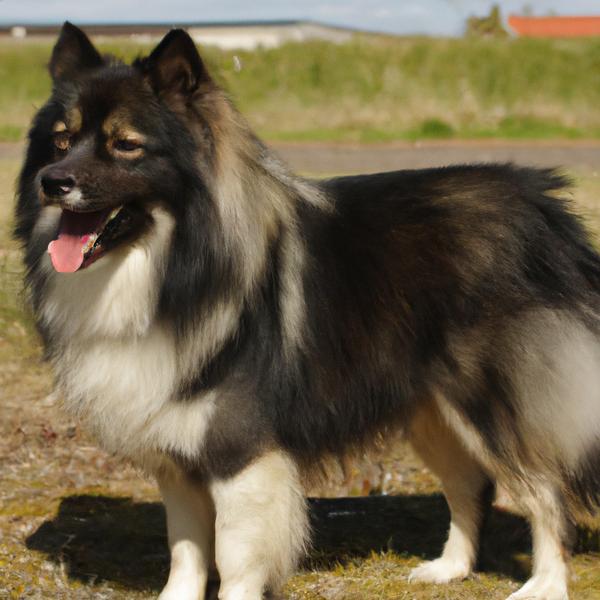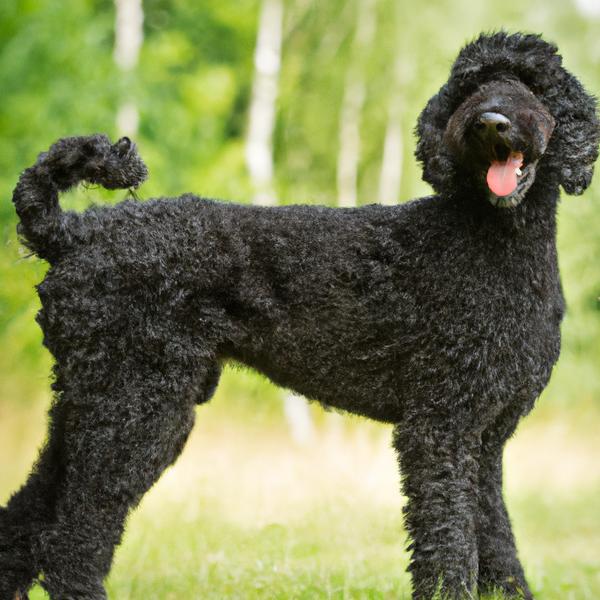Eskland vs. Curly Coated Retriever: Breed Differences and Similarities
Hypoallergenic
Are Esklands or Curly Coated Retrievers hypoallergenic, or neither?
Unfortunately, neither Eskland nor Curly Coated Retriever are hypoallergenic, which may not make them the best choice for dog lovers who suffer from pet allergies.
Watchdog Ability
Which dog breed makes a better watchdog, the Eskland or Curly Coated Retriever?
The Eskland and Curly Coated Retriever breeds are not the best choice if you want good watchdogs. If you're looking for guard dogs, these breeds are not the right ones for you. They will 'watch' everything - but that's usually as far as they go.
Origin
What is the origin of Eskland and Curly Coated Retriever dog breeds?
United States
United Kingdom
Ancestry
What are the origins of Eskland and Curly Coated Retriever breeds?
American Eskimo and Shetland Sheepdog
Spaniels, St. John’s Water Dog, Retrieving Setters, Poodles
Date of Birth
When were Eskland and Curly Coated Retriever breeds first developed?
Unknown
1700s
Eye Color Possibilites
What are the eye colors of Eskland and Curly Coated Retriever dogs?
Brown
Hazel
Brown
Nose Color Possibilites
What are the natural nose colors of Eskland and Curly Coated Retriever?
Black
Black
Brown
Coat Color Possibilites
What are the natural colors of the coat for Eskland and Curly Coated Retriever breeds?
Pied
Brown
Gray
White
Cream
Black
Brown
Coat Length
What is the typical coat length for Eskland and Curly Coated Retriever breeds?
Esklands have longer coats compared to most dogs.
Curly Coated Retrievers have medium-length coats.
Coat Density
What is the density of the coat of Eskland and Curly Coated Retriever?
Coat Texture
What is the hair texture of Eskland and Curly Coated Retriever?
Straight
Curly
Litter Size
What is the usual litter size for Eskland and Curly Coated Retriever?
An Eskland can have a litter of 4-6 puppies on average. However, it's worth noting that the size of the litters can vary greatly. Factors that can influence litter size include the health of the mother, breeding history, and genetics.
A Curly Coated Retriever can have a litter of 9-14 puppies on average. However, it's worth noting that the size of the litters can vary greatly. Factors that can influence litter size include the health of the mother, breeding history, and genetics.
Major Concerns
What are the major health concerns for Eskland and Curly Coated Retriever breeds?
Hip Dysplasia
Dermatomyositis
Von Willebrand's Disease
Pancreatitis
Glycogen Storage Disease
Progressive Retinal Atrophy
Hip And Elbow Dysplasia
Bloat
Cancer
Minor Concerns
What minor health issues should be kept in mind when owning Eskland and Curly Coated Retriever?
Cataracts
Retinal Dysplasia
Hypothyroidism
Atopy Dermatitis
Entropion
Distichiasis
Ectropion
Persistent Pupillary Membrane
Alopecia
Occasional Tests
What occasional tests are recommended for Eskland and Curly Coated Retriever breeds?
Eye Examination
Physical Examination
Radiographs
X-Rays
Eye Examination
Energy
How do the energy levels of Esklands and Curly Coated Retrievers compare?
Esklands' high energy levels make them unsuitable for a low-key dog, choose accordingly.
Curly Coated Retrievers are a good choice for a low-key lifestyle due to their low energy levels.
Exercise Needed
Eskland vs Curly Coated Retriever exercise need comparison.
Esklands need moderate physical activity and are great for families and active individuals.
Curly Coated Retrievers need only a small amount of physical activity, ideal for busy or elderly people or those with limited space.
Tendency to Bark
Do Esklands or Curly Coated Retrievers bark more/less frequently?
Eskland and Curly Coated Retrievers tend to bark moderately, they bark when necessary, such as to alert their owner or to communicate something. They may also bark due to certain triggers like fear, alarm, boredom, greeting, separation anxiety and compulsive barking.
Activity Level
Which breed has higher energy, Esklands or Curly Coated Retrievers?
Eskland and Curly Coated Retriever are high-energy dogs that require a lot of mental and physical exercise. Without proper stimulation and attention, these breeds can become problematic. If you're considering these breeds, be prepared to invest time and effort in their exercise and training.
Walks per Week
How many miles should Eskland or Curly Coated Retriever walk each week?
There's really no limit to how far you walk your dog as long as they're comfortable. For Eskland, it's at least 10 miles / week. Just remember to build distance and stamina gradually over time.
There's really no limit to how far you walk your dog as long as they're comfortable. For Curly Coated Retriever, it's at least 14 miles / week. Just remember to build distance and stamina gradually over time.
Activity per Day
Do Esklands or Curly Coated Retrievers require more exercise?
In general most Esklands usually need at least 120 minutes of exercise daily. This can be spread across the day and include all sorts of high-energy activities, like walking, running and playing.
In general most Curly Coated Retrievers usually need at least 90 minutes of exercise daily. This can be spread across the day and include all sorts of high-energy activities, like walking, running and playing.
Grooming
Which breed is easier to maintain in terms of grooming, Esklands or Curly Coated Retrievers?
Esklands require significant grooming, including regular trims and professional grooming assistance to maintain their coat. They may also require frequent bathing to keep their coat and skin healthy.
The Curly Coated Retriever has low grooming needs and is easy to maintain.
Brushing Frequency
What is the recommended brushing frequency for Eskland and Curly Coated Retriever dogs?
Ideally, Eskland should be brushed at least 2 or 3 times a week (preferably daily) improve shedding.
In general Curly Coated Retriever should be brushed at least once a month. Of course you can give them more frequent brushes, especially if they enjoyed it
Brushing Tools
What brushing tools are used for Esklands and Curly Coated Retrievers?
Pin Brush
Slicker Brush
Deshedder
Nail Clipper
Slicker Brush
Comb
Deshedder
Nail Clipper
Cups
How much food should be given to Eskland or Curly Coated Retriever in cups?
For an average 12-18 pound (5 - 8 kg) Eskland feed 1 cups daily. But, keep in mind, the amount you feed is going to be dependent on the quality of the food you are feeding.
For an average 80-100 pound (36 - 45 kg) Curly Coated Retriever feed 3.5 cups daily. But, keep in mind, the amount you feed is going to be dependent on the quality of the food you are feeding.
Daily Cost
Which breed has a higher daily cost, Eskland or Curly Coated Retriever?
The average cost of an Eskland is somewhere $1.10 - $1.40 per day.
The average cost of a Curly Coated Retriever is somewhere $3.90 - $4.20 per day.
Monthly Cost
Which breed has a higher monthly cost, Eskland or Curly Coated Retriever?
The average per month expenses of an Eskland is between $35 - $42. This makes an average of $420 - $504 per year. It will be on the higher side when the dog is still small because it will need more frequent visits to the vet, shots.
The average per month expenses of a Curly Coated Retriever is between $112 - $126. This makes an average of $1344 - $1512 per year. It will be on the higher side when the dog is still small because it will need more frequent visits to the vet, shots.
Intelligence
Comparing Intelligence: Esklands vs Curly Coated Retrievers
Eskland is a very intelligent and trainable breed.
Curly Coated Retrievers are average in obedience intelligence but have a high IQ and may cause trouble if left unsupervised.
Affection Dependance
Which is the more affectionate dog breed: Eskland vs Curly Coated Retriever?
Dog Friendly
Which breed is more sociable with other dogs: Eskland or Curly Coated Retriever?
Esklands are friendly and active companions, and can be good family pets, though their friendliness towards other dogs may vary.
Curly Coated Retrievers are not dog-friendly.
Playfulness
Which breed is more playful between Eskland and Curly Coated Retriever?
Esklands are a playful breed that needs daily playtime to be happy.
Curly Coated Retrievers are not known for being a highly playful breed.
Trainability
How do the trainability levels of Esklands and Curly Coated Retrievers compare?
Esklands are popular for their ease of training and quick learning ability.
The Curly Coated Retriever is highly intelligent and eager to please, making it a great choice for both novice and experienced dog owners due to its easy trainability.
Compare Eskland with other breeds
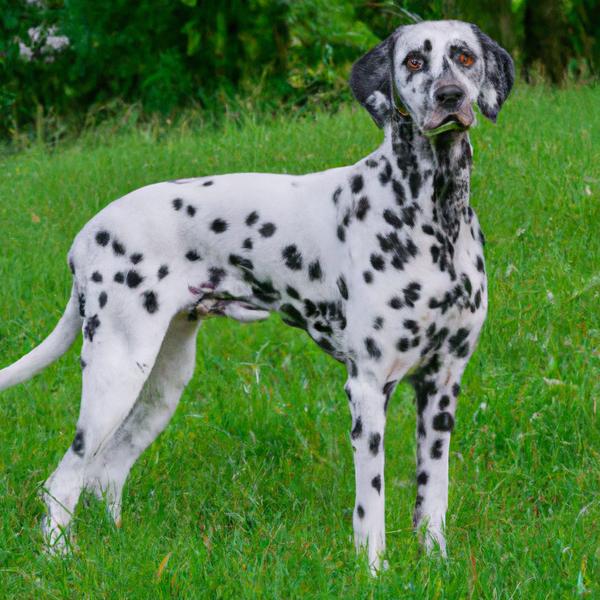
Dalmatian Springer
Eskland vs Dalmatian Springer
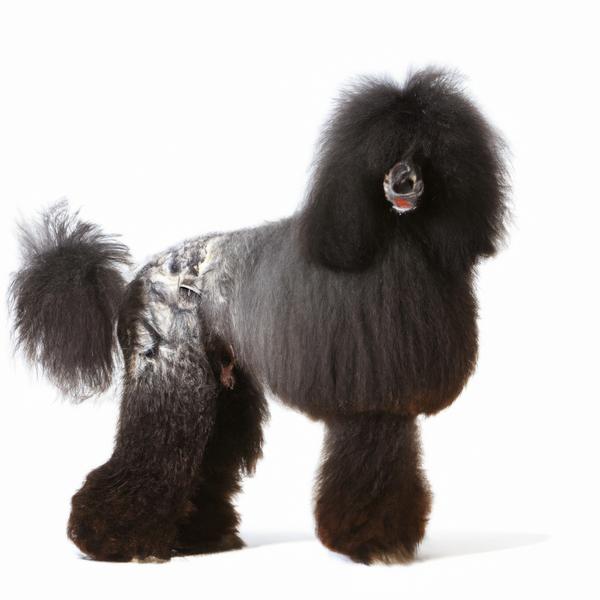
Puli
Eskland vs Puli
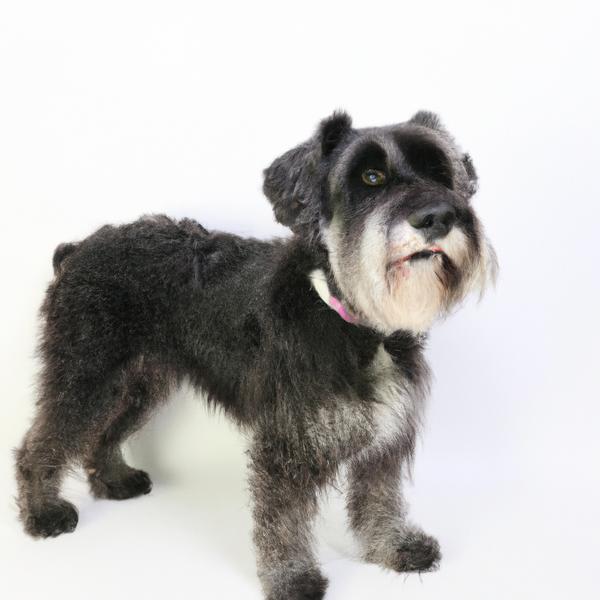
Mini Bolonauzer
Eskland vs Mini Bolonauzer
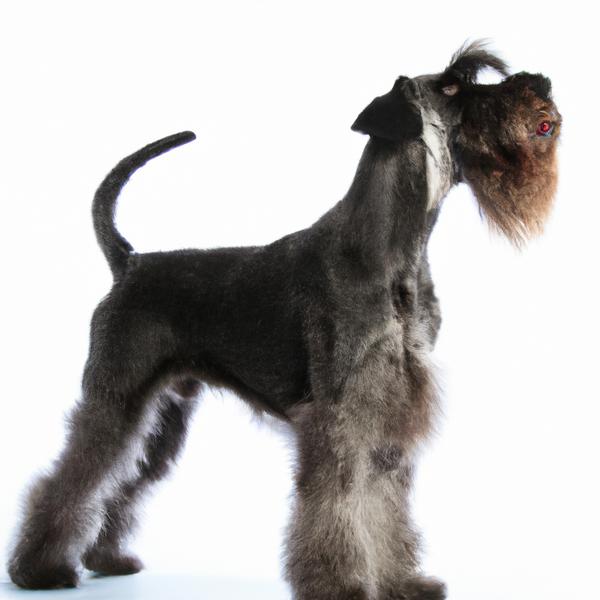
Schnauffen
Eskland vs Schnauffen
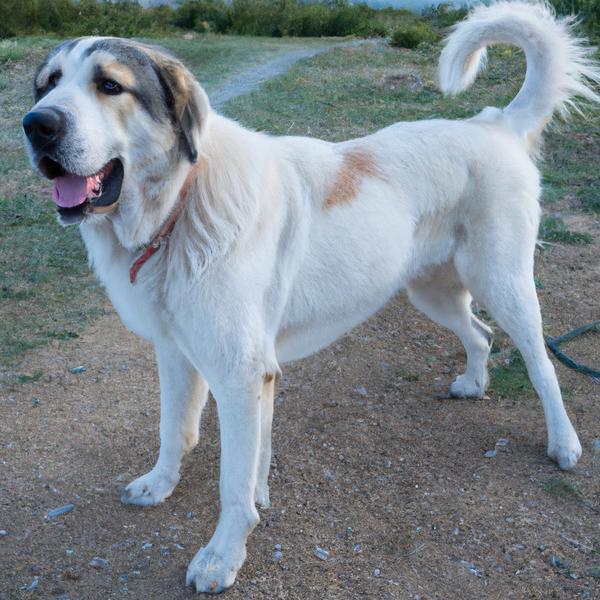
Anatolian Pyrenees
Eskland vs Anatolian Pyrenees
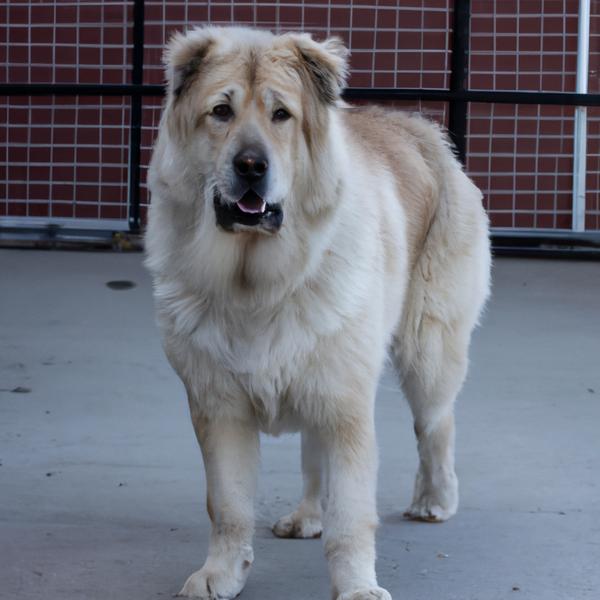
Wheaten Eskimo
Eskland vs Wheaten Eskimo
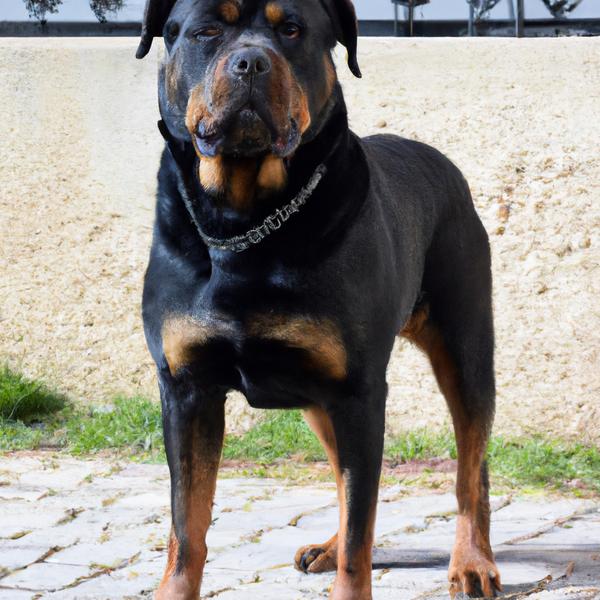
Bull Mastweiler
Eskland vs Bull Mastweiler
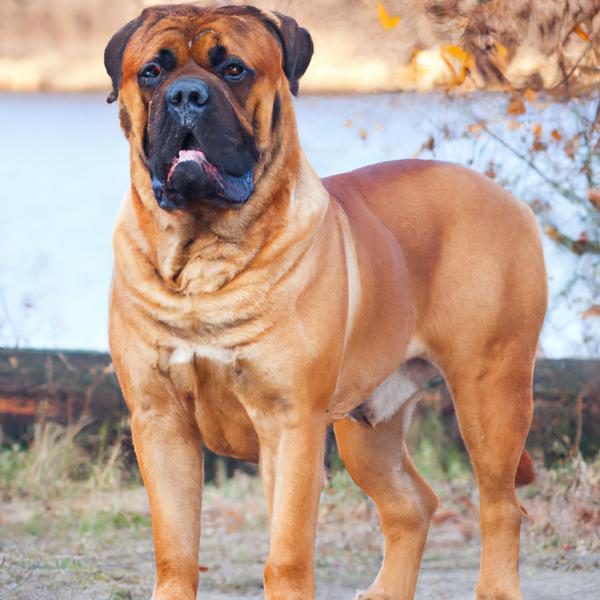
Bullmastiff
Eskland vs Bullmastiff
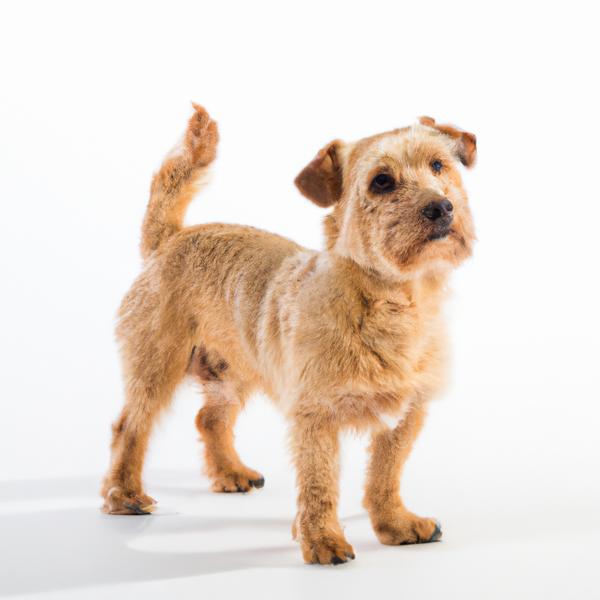
Corkie
Eskland vs Corkie
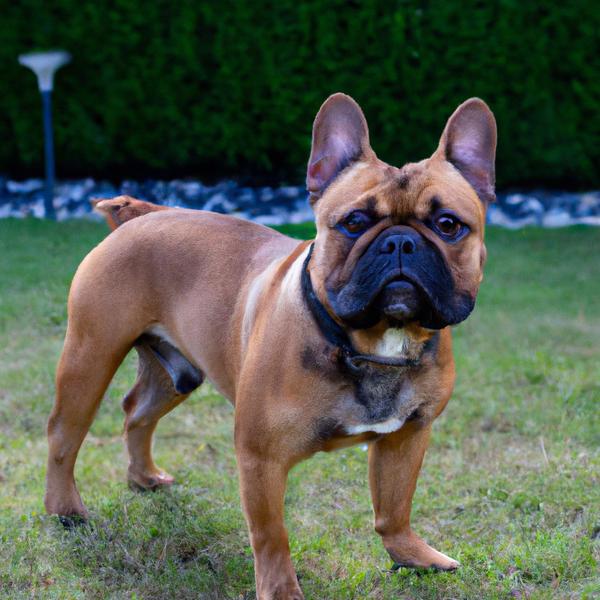
French Masti-Bull
Eskland vs French Masti-Bull

Golden Akita Retriever
Eskland vs Golden Akita Retriever

English Speagle
Eskland vs English Speagle
